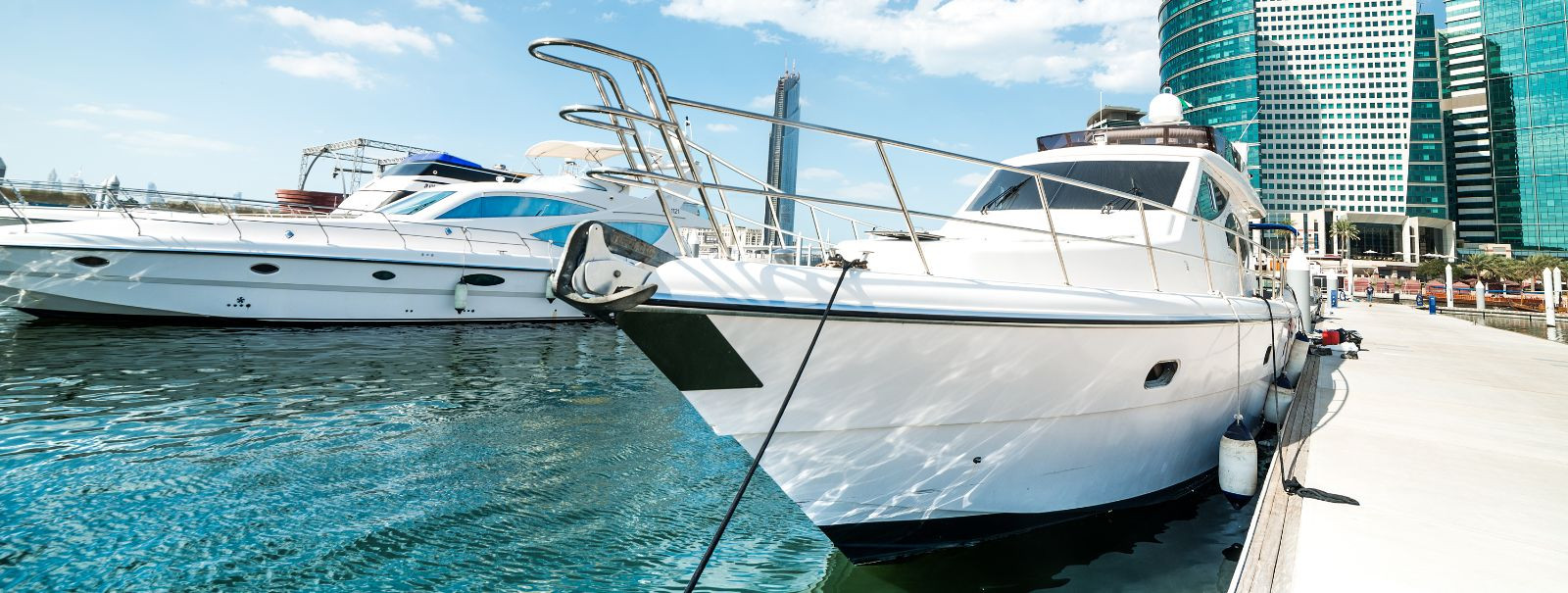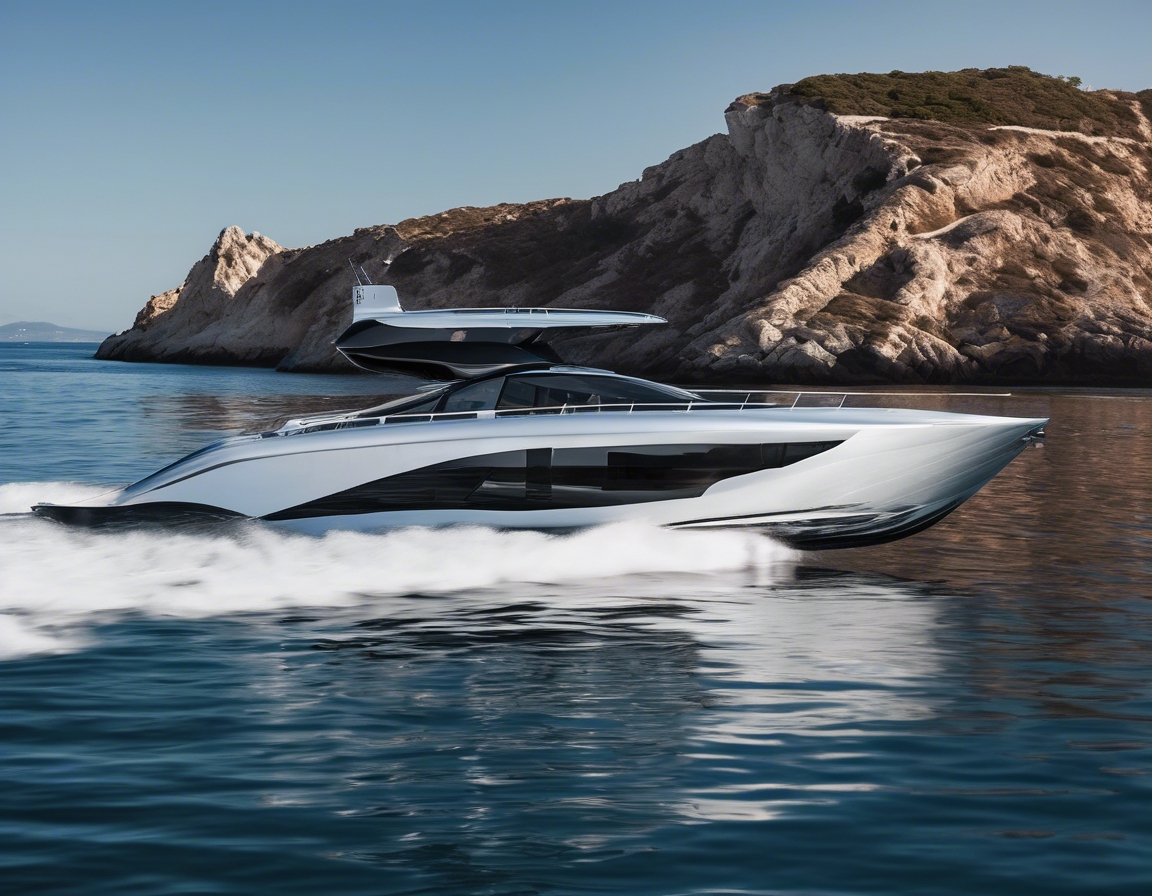Benefits of hdpe plastic in maritime construction
High-Density Polyethylene (HDPE) plastic is a versatile and robust material that has gained significant traction in maritime construction. Known for its high strength-to-density ratio, HDPE is a preferred choice for various applications in the maritime industry, offering a sustainable and efficient alternative to traditional materials.
Key Properties of HDPE Plastic
HDPE plastic is renowned for its exceptional durability and strength. It can withstand harsh marine environments, including exposure to saltwater, UV radiation, and extreme temperatures. This resilience makes it an ideal material for constructing long-lasting maritime structures.
Unlike metals, HDPE does not corrode, making it an excellent choice for maritime applications where exposure to water and salt is constant. This property significantly reduces maintenance costs and extends the lifespan of maritime structures.
HDPE is significantly lighter than traditional construction materials like steel and concrete. This lightweight nature facilitates easier handling and installation, reducing labor costs and time during construction projects.
Environmental Benefits of HDPE
HDPE is 100% recyclable, contributing to a circular economy. Its recyclability ensures that maritime companies can reduce waste and promote sustainability in their operations, aligning with global environmental goals.
The production and transportation of HDPE require less energy compared to traditional materials, resulting in a lower carbon footprint. This aspect is crucial for environmentally conscious maritime companies aiming to minimize their environmental impact.
Applications of HDPE in Maritime Construction
In shipbuilding, HDPE is used for constructing hulls, decks, and other components. Its strength and resistance to marine conditions ensure that vessels remain efficient and safe over time.
HDPE is ideal for docks and piers due to its durability and resistance to water damage. It provides a stable and long-lasting solution for maritime infrastructure, ensuring safety and reliability.
HDPE's buoyancy and resistance to marine growth make it perfect for buoys and other floating structures. These applications benefit from HDPE's ability to withstand the elements while maintaining functionality.
Compliance and Safety Standards
HDPE materials comply with stringent maritime regulations, ensuring that constructions meet safety and environmental standards. This compliance is crucial for maritime companies aiming to operate within legal frameworks.
The use of HDPE in maritime construction enhances safety by providing reliable and robust structures. Its non-toxic nature and resistance to environmental degradation contribute to safer maritime operations.






Comments (0)